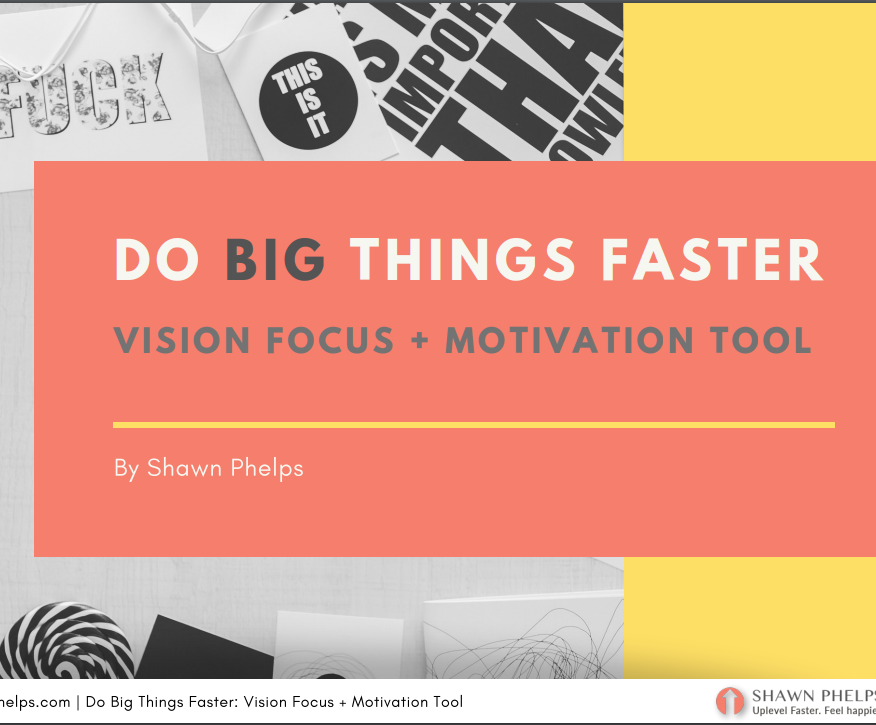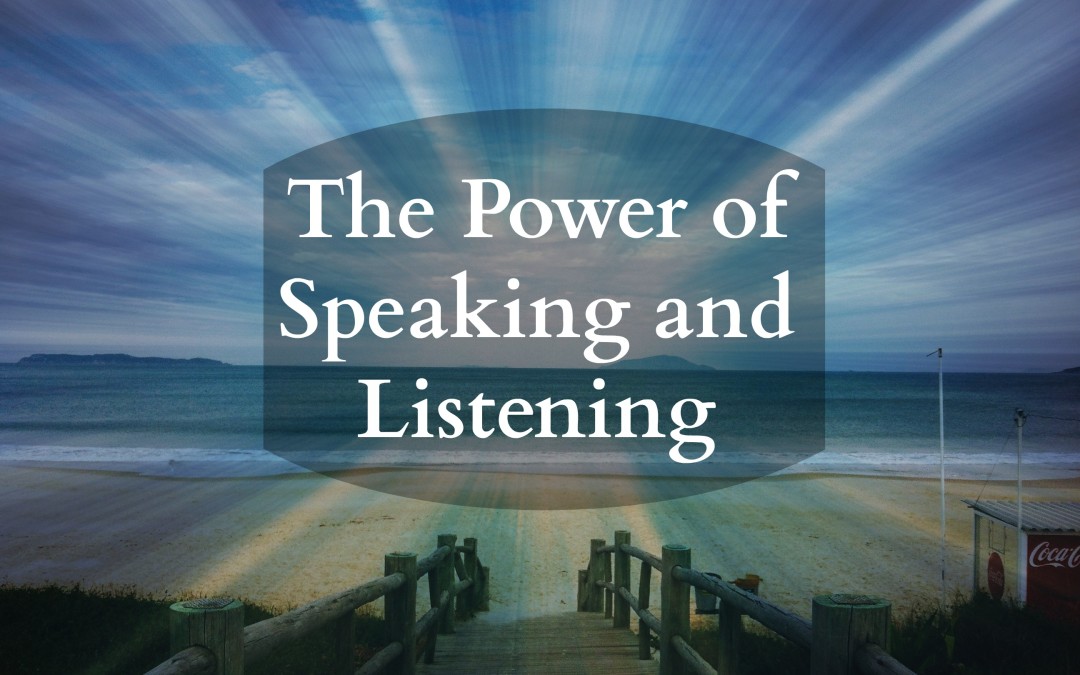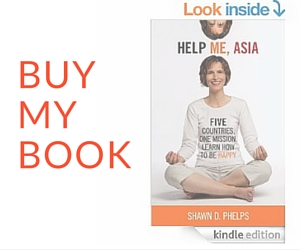It’s frustrating. You want something from someone and they’re not giving it to you. You want respect, love, attention, time, something. But you aren’t getting it.
How do you get your needs met without wigging out?
This is a tough one for all of us, especially those of us still healing our own unmet childhood needs (which is most of us, BTW). Because when something happens that leads us to feel bad, we interpret it to mean something bad about us. Then, we lash out, sure that we are being attacked and must defend ourselves. Or, just as bad, we withdraw—run away—feeling that’s the best way to protect ourselves.
They don’t call it Fight or Flight for nothin’.
Here’s what you don’t want to do
 You don’t want to say anything that’s going to make the other person feel attacked in return. Because that’s not going to get your needs met—which is your ultimate goal.
You don’t want to say anything that’s going to make the other person feel attacked in return. Because that’s not going to get your needs met—which is your ultimate goal.
When you start getting flooded by emotions, keep your eye on the goal! Once it descends into judgments and interpretations, you’re done. Yes, I know this from extensive personal experience. :)
Another thing you don’t want to do is use victim language. Elloa Atkinson does a kick-ass job of explaining how we do this, and how not to do it in her video-blog, which inspired this post (definitely watch it after you read this post!).
The gist of it is to avoid using the phrase: “You make me feel” or “this makes me feel” because it turns it into a victim statement. Worse, it suggests that the other person is responsible for your feelings.
When you make someone else responsible for your feelings, it will create two problems:
- They will likely feel angry and overwhelmed, because now they have to figure out how to “fix” your emotions (and they probably have enough trouble trying to fix their own damn emotions)
- It will leave you in emotional prison if they refuse to do whatever you’re demanding they do to fix your emotions. And you don’t want to put yourself in prison, do ya? No, I didn’t think so. (It’s dark and full of self pity; no fun at all.)
The way to break out of emotional prison is to take full responsibility for your emotions, invest the time into understanding them (shameless plug: I can help!), and then learn how to ask for what you need in a way that gets results. (I’m going to write another post next week that really breaks down the steps to breaking out of emotional prison!)
One Quick Thing: Make Sure You’ve Attempted to Communicate Your Needs First
Before you actually use this formula to address a need that isn’t being met, first check with yourself to see if you have clearly communicated that need. I have seen a ton of relationships fail because people are so busy avoiding any possible conflict (read: emotional discomfort) that they never communicate their wants and needs. People aren’t mind readers. We should never expect others to just “know” what we need.
What this means is: if you’re feeling sad and need hug, don’t just stand near your partner (who’s working on his/her computer) looking forlorn, expecting him/her to notice and run over. Go over and say: “Hey, I can see you’re busy working but I’m feeling kind of sad. Could you please give me a hug?” Or “Can I just talk about something bad that happened at work today for a minute? I don’t want advice; I just want someone to listen while I talk through it for about five minutes. It that possible?”
Okay, so let’s say you have already communicated your needs, but you’re still feeling like they’re not being met. Now’s the time to bring out the “formula”.
Non-Violent Communication: The Formula

NVC is used in conflict resolution where people need to share ideas and opinions in complex situations without tearing each other to shreds. But it’s much deeper than that—when you really use it, you experience inner and outer transformation in all your relationships. You’ll find a decent summary of the deeper aspects of NVC here. Remember that the tone of voice you use while using this process will likely make or break your success. If your voice is harsh, sarcastic or accusatory, they will hear that and not be able to focus on your words.
Here are the four steps:
- Observation: Just the facts ma’am. Not your stories, judgments or interpretations of what those facts mean. This statement usually begins with something like “When you….X” (look the other way when I’m talking; cancel at the last minute and don’t let me know; don’t come to greet me when I come home etc.) Tip: Be very careful here that it doesn’t slip into any kind of interpretation “When you…X” (ignore me, insult me, hurt me, or act like you don’t care about me). That will likely be taken as an attack and will be met with a counterattack.
- Feelings: Dig deep. What is the feeling? This will be something like: sad, angry, anxious, confused, panicky. If you can’t identify the feeling, go with a physical description: “It feels like I can’t breathe.” It won’t be something like: rejected, stupid, ignored. This is your interpretation of the feeling. You’ll find a shortlist here (plus a link to an exhaustive list) of possible needs. (If you find it hard to separate these, I’m going to provide my own secret formula in next week’s post, to help clear it up.)
- Needs: Here’s the full NVC needs inventory. What are your deeper needs here? They should be universal: empathy, trust, affection etc. The statement would be: “Because I need/value X” (this isn’t a specific request or preference yet; that’s the next step). The challenge here is to understand the difference between real needs and perceived needs. For example, this is a perceived need: “I need you to be on time.” (because I think that will solve my problem of feeling angry, frustrated, anxious etc.) The truth of that would be something more like: “I need to feel valued.” (And when you’re not on time I interpret that to mean you don’t value me.)
- Request: Now you can take a shot at getting what you really need. The idea is to make a request using clear, positive concrete action language. if you get a “no” in return, ask what is preventing them from saying “yes”, then listen and empathize with what they share. This way you can have a real conversation that might lead to mutual understanding, rather than descending into the Fight or Flight pattern. “Would you be willing to X?” (show up when you say you’re going to, or text me as soon as possible if an emergency comes up and you won’t be there.)
Here’s the whole thing in action:
When you “X” (say nothing when I tell you about my day),
I feel “X” (sad and lonely).
Because I need/value “X” (connection and mutual participation)
Would you be willing to X (let me know you’re listening by saying “yes” out loud or nodding and maybe respond with a comment or a question)?
After you ask, listen to their response with as much empathy as you can muster. Keep in mind the goal here is not “to win” but to understand each other and make sure you both get your needs met (win-win).
This is a formula for speaking AND listening. Not just listening to others, but listening deeply to ourselves. What are we really wanting? What are we really asking for?
This formula has done wonders for my own relationship with my partner. Like major miracles. We both feel heard and valued. But…and this is a big but…this formula is leaving out something important. We should never be looking to our partner to meet our own needs. To have a healthy, loving relationship, we have to learn to meet our own emotional needs first. On that note….
Next week, I’m going to share the “6 Steps to Breaking Out of Emotional Prison“, which really gets into how to clear old emotions that are connected with unmet childhood needs. You’ll also get a peek into the kind of emotional crap I’m healing in myself. (I didn’t spend the past 20 years learning all this stuff for nuthin, ya know.)
If you try out the NVC formula (or if you’ve already been using it before you read this post), share your experiences in the comments section below!
Rise and shine as your Self,
Shawn xo

- It taps you into your purpose + life's calling.
- This gives you focus + motivation + momentum.
- It comes with a video tutorial + mini-course.
- + 6 days of life-changing secrets on harnessing the power of your subconscious mind to do bigger things faster + happier.



